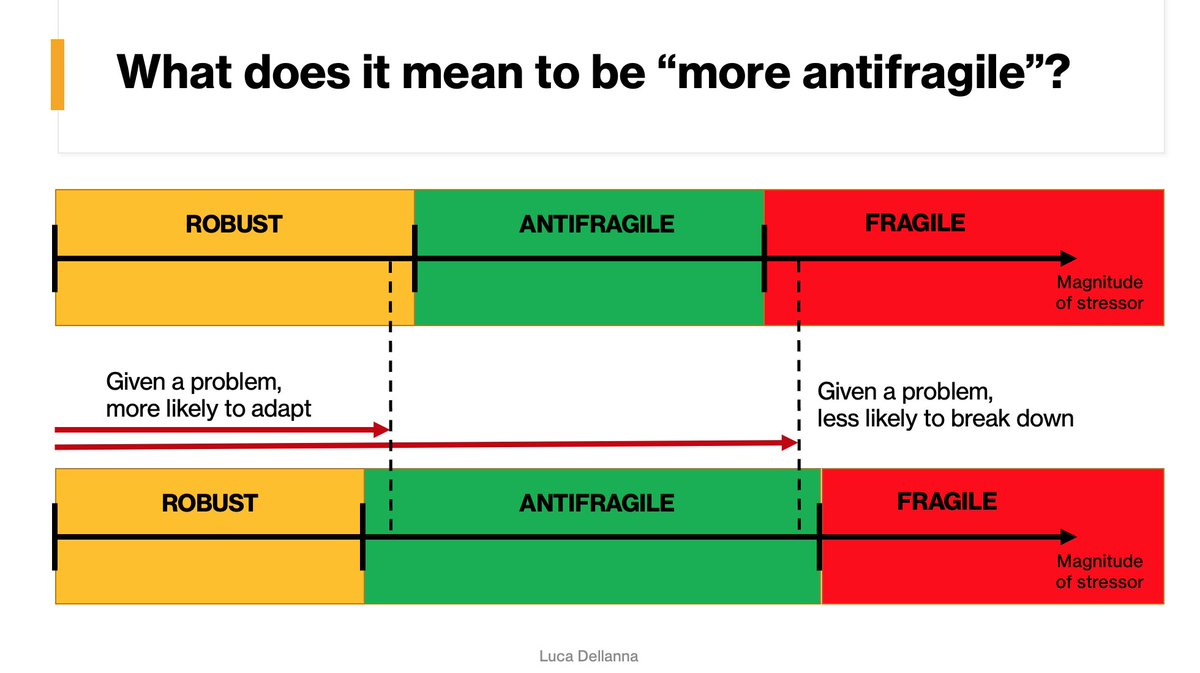
Note that the vaccinated group here is older. Hence, I imagine, the same viral load even though they’re vaccinated.
That said, as @Molson_Hart pointed out, it brings up questions on the effectiveness of “vaccinated-only-entrance” restrictions.
That said, as @Molson_Hart pointed out, it brings up questions on the effectiveness of “vaccinated-only-entrance” restrictions.
https://twitter.com/DrEricDing/status/1421874289398194187
2/ The referenced tweet. (Note that this doesn’t mean vaccines are ineffective. They’re very effective at preventing severe illness. The question is how much they stop transmission when relied too much upon.)
https://twitter.com/molson_hart/status/1422711274354454533?s=21
3/ I meant “the effectiveness of vaccine-only-entrance” towards containing transmission (which is important to protect both the unvaccinated & few unlucky vaccinated, and reduce the likelihood of variants)
It’s prob an effective measure re: reducing hospitalizations and deaths
It’s prob an effective measure re: reducing hospitalizations and deaths
https://twitter.com/PredragBrajovic/status/1422829006462803969
4/ The previous tweet wasn’t fully correct. Great point 👇
https://twitter.com/ishirubi/status/1422831019540033536
5/ For the record, I don’t think that “vaccinated-only-entry” policies are ineffective but that they are only partially effective, and while probably an epidemiological net positive in some contexts, they might be negative in eg allowing night clubs instead of keeping them closed
• • •
Missing some Tweet in this thread? You can try to
force a refresh






